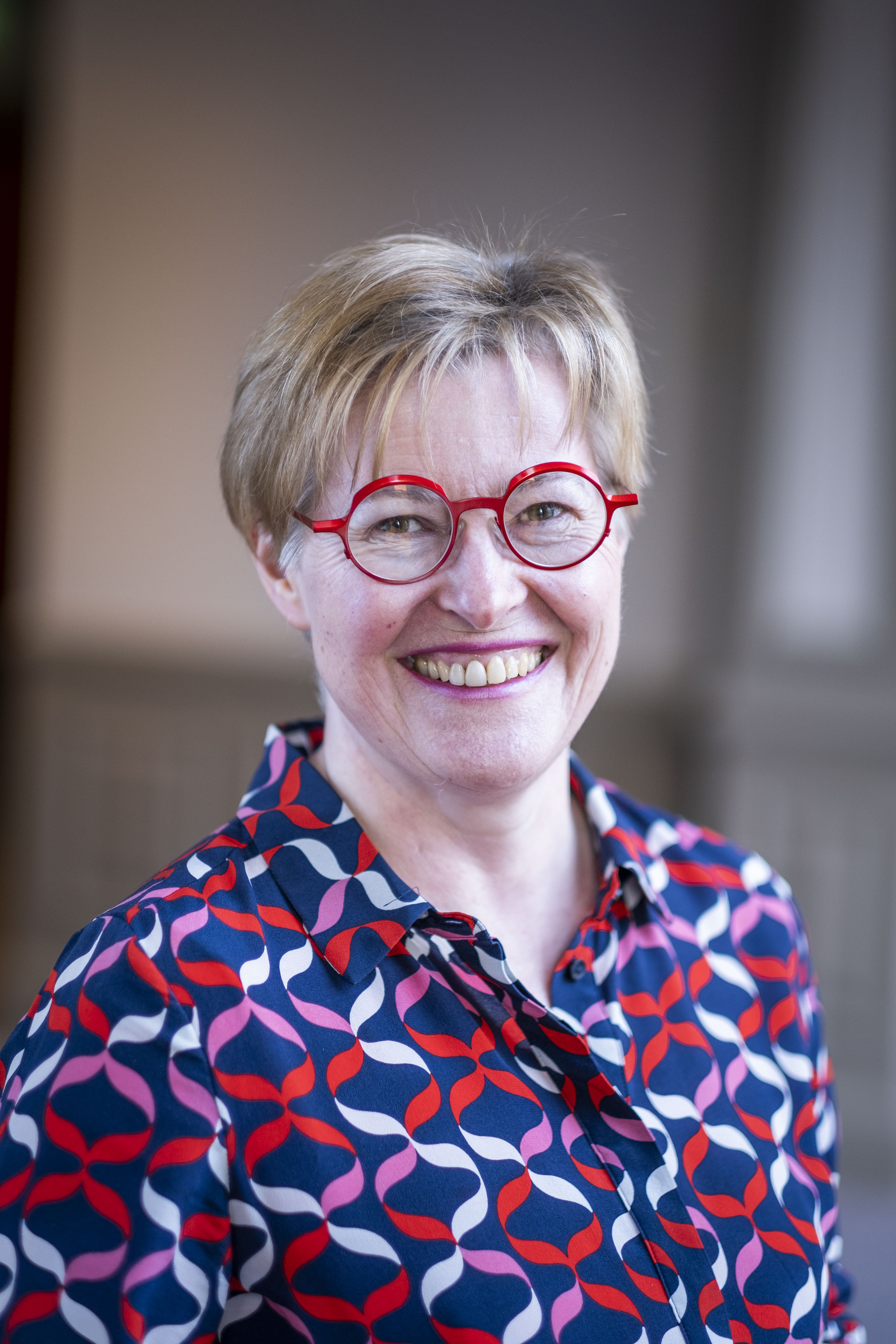Logbook notes from an aquaculture internship
Carla Johnson, Charlotte Atkins, Shona Fraser, Katherine Kenyon, Kirby Chen, Kerry Sandilands and Evelyn Chan all completed their internships in the aquaculture industry. They marked their achievement with a celebratory visit to Scottish Sea Farms’ processing facility in South Shian.
We asked Carla a few questions about the recent visit and her internship experience.
Q: Where did you do your internship, how long did it last, and what were your main duties?
A: My internship was based at Kames Fish Farming Ltd in Kilmelford and lasted for eleven weeks. My main duties included monitoring fish and gill health, establishing preventative and corrective measures for health issues, preparing and processing of biological samples, and collaborating with fish production managers in areas such as nutrition, genetics and vaccines.
Q: What made you want to do an aquaculture internship, and how did you find out about this opportunity?
A: I applied to do this aquaculture internship as it focused on the control of sea lice in Rainbow trout populations. I am a parasitology student, so interning at Kames would enable me to enhance my knowledge of parasitology while learning new information about marine biology and fish husbandry. I found out about the ScotGrad Life Sciences Internship Program from fellow classmates.
Q: Did your internship differ from what you’d expected – and if so, how?
A: I expected to do more practical work in the laboratory throughout my internship. However, this was not necessarily a bad thing, as I got to take part in various other tasks such as data handling, harvesting and processing. Additionally, I got to work with most individuals within the company. Overall, this gave me an in-depth insight into how a fish farm operates.
Q: What did you enjoy the most – and the least?
A: A significant portion of my internship involved field work, which I thoroughly enjoyed as I am not a big fan of traditional desk jobs. On numerous occasions I had to travel to nearby lochs to vaccinate fish, or I would be aboard the company boats. The thing I enjoyed the least was the long working hours. Some days I had to be at work for 6am and would not finish until 8pm. This made me realise how hard fish farm employees work to make sure the business runs smoothly.
Q: Could you outline some of the things you learnt, and how you plan to make use of them in your future career?
A: I became well versed in collecting and processing biological samples while maintaining integrity and sterility. Moreover, this internship improved my problem-solving, communication and data handling skills. Overall, these are skills that I can use in my future career.
Q: How did your visit to South Shian go – was there anything that particularly surprised or interested you?
A: The visit to South Shian was informative and a great way to celebrate completing our internships. The South Shian facility is extensive, and it was also interesting to see how Kames and Scottish Sea Farms differed from each other.
Q: Would you recommend an aquaculture internship to others – and if so, why?
A: Yes: Even though I am not doing an aquaculture or marine biology degree, I still gained lots of relevant knowledge and transferable skills.
The Managing Director of Kames, Stuart Cannon, was impressed with Carla’s work and attitude. He said:
“Last summer’s intern, Carla Johnson, was excellent. She helped with the team with whatever they were doing, and I think helped motivate them overall. She was cheerful and intelligent, and didn’t need telling what to do more than once.
“With the site manager, she helped take bloods for two research projects: The SAIC-funded ‘Effects of sea lice treatments on rainbow trout’ and the Institute of Aquaculture project ‘Measuring the onset of maturation in Rainbow trout’, as well as regular sea lice counts, AGC scores and histology samples. This gave the farm staff more time to carry out their daily duties.
“Carla helped with recording information, and later compared and analysed results. This was a considerable help and produced an improved scenario analysis for both future projects and routine monitoring. In fact, we were so pleased with the experience of having Carla with us that we have taken on another two interns this year.”
Many thanks to Carla for answering our questions, and to Stuart for providing such positive feedback. We wish Carla all the best as she sets out in her career!
Share this
